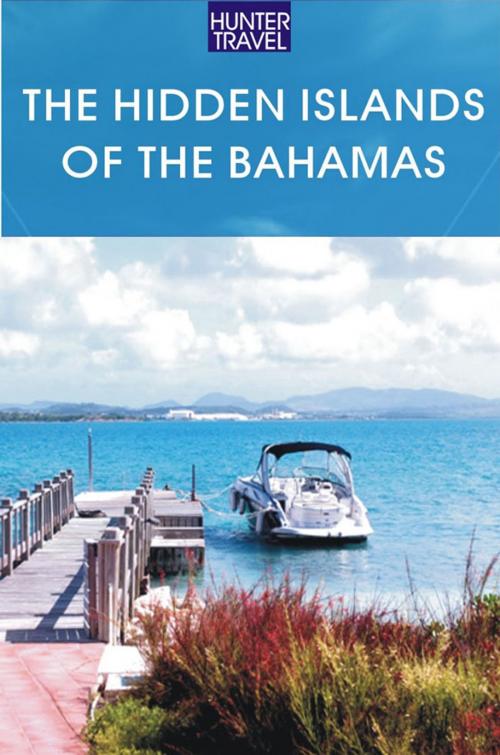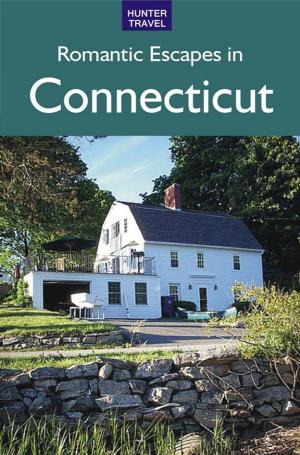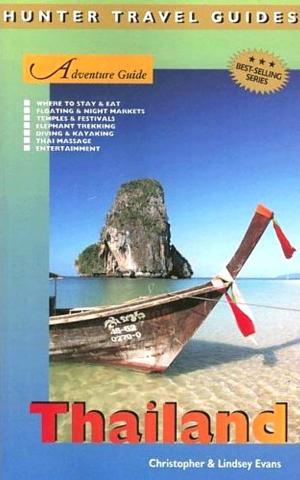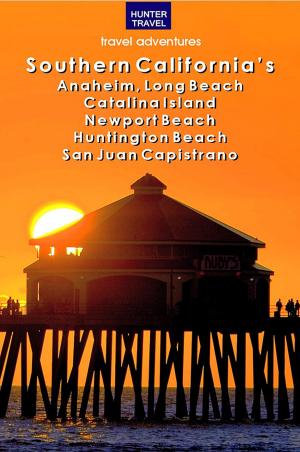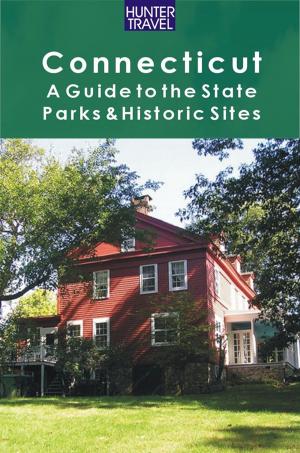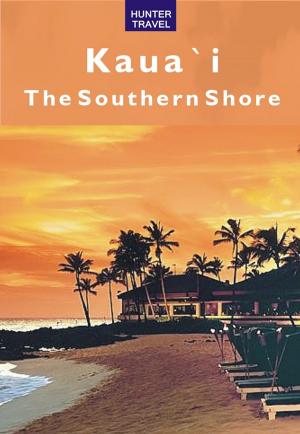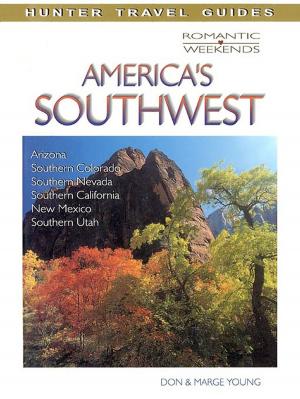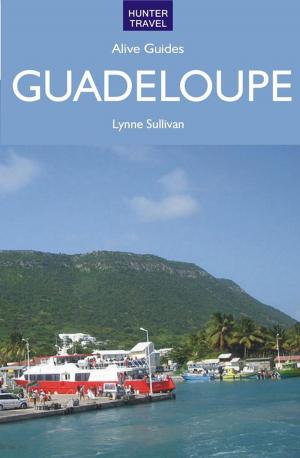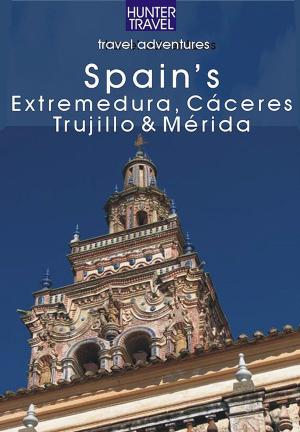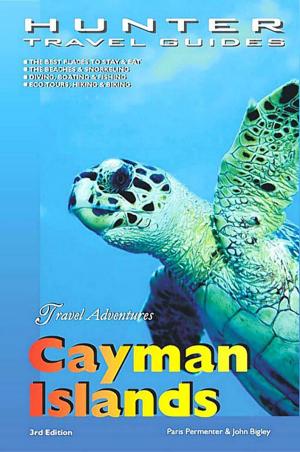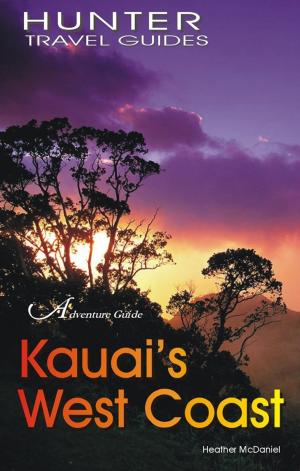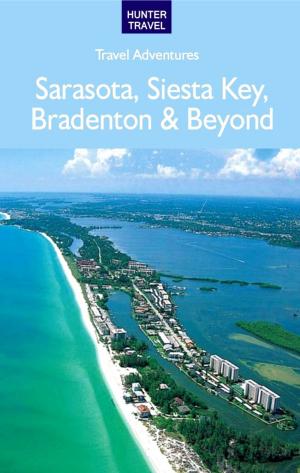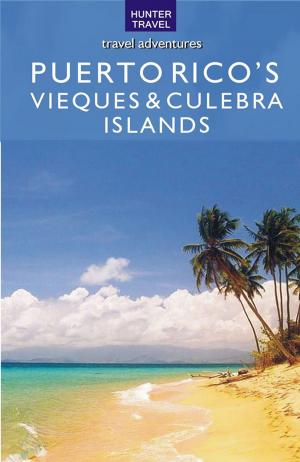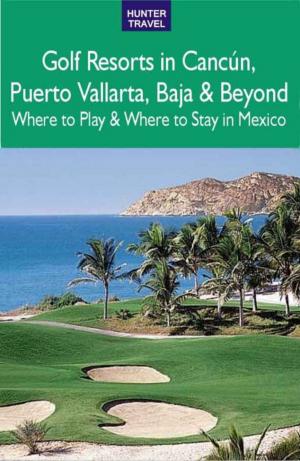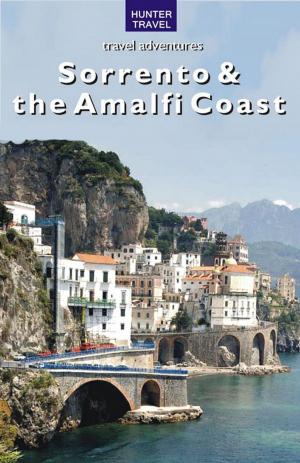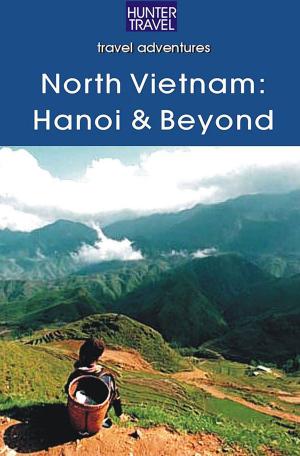The Hidden Islands of the Bahamas: The Turks & Caicos, Acklins, Inaguas & Beyond
Nonfiction, Travel, Caribbean & Latin America, Caribbean & West Indies, Reference| Author: | Blair Howard | ISBN: | 9781588439406 |
| Publisher: | Hunter Publishing, Inc. | Publication: | October 8, 2012 |
| Imprint: | Hunter Publishing | Language: | English |
| Author: | Blair Howard |
| ISBN: | 9781588439406 |
| Publisher: | Hunter Publishing, Inc. |
| Publication: | October 8, 2012 |
| Imprint: | Hunter Publishing |
| Language: | English |
Based on our larger guide to all of the Bahamas, this one focuses on the Acklins & Crooked Island, the Turks & Caicos, Berry Islands, Cat Island, Inaguas, Long Island, San Salvador & Rum Cay. These islands are not for those vacationers who are looking for the high life, nightlife or wild times under the sun. But if you're looking for a week or so of sun, sand and relaxation, or if you're looking for some fine offshore fishing, or scuba diving, then the Turks and Caicos might be the place for you. Comprised of about 40 small islands and cays, the Turks and Caicos are ecologically pure. The waters are unpolluted; the beaches are clean and pristine; the population is friendly and outgoing. Ecologists will find Rum Cay to be something special. Completely unspoiled, and just as it must have been when Christopher Columbus first set foot on San Salvador next door, it's a microcosm of the islands: gently rolling hills, deserted beaches, limestone caves, deserted farms, salt ponds, and seas where the visibility underwater approaches 200 feet. On the Caribbean side of Long Island, long stretches of sugar-white beach stretch for miles in either direction. They are mostly deserted and rank among the best beaches in the world. Best of all, the beach at Cape Santa Maria is truly a paradise, a four-mile crescent of pristine white powder that almost encircles a magnificent stretch of turquoise water, and the chances are you'll have it all to yourself. It must be seen to be believed. The terrain inland is hilly and jagged cliffs of coral drop steeply to meet the surging ocean. This is the garden island of the Bahamas. Fertile fields produce a variety of vegetables and local fruits. Beyond the fields, among the hills, the island is riddled with limestone caves and blue holes. The most southerly and most remote of the Out Islands, the Inaguas, with fewer than 1,200 inhabitants living on Great Inagua, are also the most sparsely populated. The third largest of the islands, this is the Bahamas' answer to the Galapagos Islands. Wildlife still reigns over most of the rocky shorelines and uninhabited Little Inagua to the north. You can walk for miles along the deserted, rocky coast and spend long days bird-watching, fishing or bicycling. Named for a British sea captain, Cat Island is one of the most beautiful in the Bahamas: 50 square miles of tranquility, rolling hills and lush green forests. It's a peaceful retreat of great natural beauty, with a way of life that's quiet and relaxed. For a remote and tranquil vacation, you might choose the Acklins or Crooked Island. Here you'll discover sunswept shores, scenic coves and hidden bays. On Crooked Island there are caves, miles of creeks, tidal flats populated by record tarpon and bonefish. Days on these islands are spent swimming, snorkeling, fishing, visiting tiny churches and historic buildings while you stroll the streets of quaint little towns and villages. In the evening, you'll wander deserted beaches, and enjoy a cool tropical drink as you watch the sun go down in a blaze of glory. "This is a highly informative guidebook that reviews both the obvious and obscure. The Bahamas has so much to offer and this book really manages to cover quite a bit. I highly recommend it for someone that wants an insight into each of the islands that make up the Bahamas." -- Globehound "Now in an updated fourth edition, The Bahamas and Turks & Caicos is a travel guide the 700+ islands of the Bahamas as well as the Turks and Caicos. Fabulously illustrated with full color photographs on virtually every page, The guide describes the best hotels in different price ranges, restaurants, dive sites, dive operators, tours, fishing guides, historic forts and pirate hideouts, where one can walk through tropical forests or play with dolphins, find duty-free shops with bargains, and much more. An easy-to-use, reader-friendly field guide. Highly recommended for tourists and business travelers alike." -- Midwest Book Review
Based on our larger guide to all of the Bahamas, this one focuses on the Acklins & Crooked Island, the Turks & Caicos, Berry Islands, Cat Island, Inaguas, Long Island, San Salvador & Rum Cay. These islands are not for those vacationers who are looking for the high life, nightlife or wild times under the sun. But if you're looking for a week or so of sun, sand and relaxation, or if you're looking for some fine offshore fishing, or scuba diving, then the Turks and Caicos might be the place for you. Comprised of about 40 small islands and cays, the Turks and Caicos are ecologically pure. The waters are unpolluted; the beaches are clean and pristine; the population is friendly and outgoing. Ecologists will find Rum Cay to be something special. Completely unspoiled, and just as it must have been when Christopher Columbus first set foot on San Salvador next door, it's a microcosm of the islands: gently rolling hills, deserted beaches, limestone caves, deserted farms, salt ponds, and seas where the visibility underwater approaches 200 feet. On the Caribbean side of Long Island, long stretches of sugar-white beach stretch for miles in either direction. They are mostly deserted and rank among the best beaches in the world. Best of all, the beach at Cape Santa Maria is truly a paradise, a four-mile crescent of pristine white powder that almost encircles a magnificent stretch of turquoise water, and the chances are you'll have it all to yourself. It must be seen to be believed. The terrain inland is hilly and jagged cliffs of coral drop steeply to meet the surging ocean. This is the garden island of the Bahamas. Fertile fields produce a variety of vegetables and local fruits. Beyond the fields, among the hills, the island is riddled with limestone caves and blue holes. The most southerly and most remote of the Out Islands, the Inaguas, with fewer than 1,200 inhabitants living on Great Inagua, are also the most sparsely populated. The third largest of the islands, this is the Bahamas' answer to the Galapagos Islands. Wildlife still reigns over most of the rocky shorelines and uninhabited Little Inagua to the north. You can walk for miles along the deserted, rocky coast and spend long days bird-watching, fishing or bicycling. Named for a British sea captain, Cat Island is one of the most beautiful in the Bahamas: 50 square miles of tranquility, rolling hills and lush green forests. It's a peaceful retreat of great natural beauty, with a way of life that's quiet and relaxed. For a remote and tranquil vacation, you might choose the Acklins or Crooked Island. Here you'll discover sunswept shores, scenic coves and hidden bays. On Crooked Island there are caves, miles of creeks, tidal flats populated by record tarpon and bonefish. Days on these islands are spent swimming, snorkeling, fishing, visiting tiny churches and historic buildings while you stroll the streets of quaint little towns and villages. In the evening, you'll wander deserted beaches, and enjoy a cool tropical drink as you watch the sun go down in a blaze of glory. "This is a highly informative guidebook that reviews both the obvious and obscure. The Bahamas has so much to offer and this book really manages to cover quite a bit. I highly recommend it for someone that wants an insight into each of the islands that make up the Bahamas." -- Globehound "Now in an updated fourth edition, The Bahamas and Turks & Caicos is a travel guide the 700+ islands of the Bahamas as well as the Turks and Caicos. Fabulously illustrated with full color photographs on virtually every page, The guide describes the best hotels in different price ranges, restaurants, dive sites, dive operators, tours, fishing guides, historic forts and pirate hideouts, where one can walk through tropical forests or play with dolphins, find duty-free shops with bargains, and much more. An easy-to-use, reader-friendly field guide. Highly recommended for tourists and business travelers alike." -- Midwest Book Review
